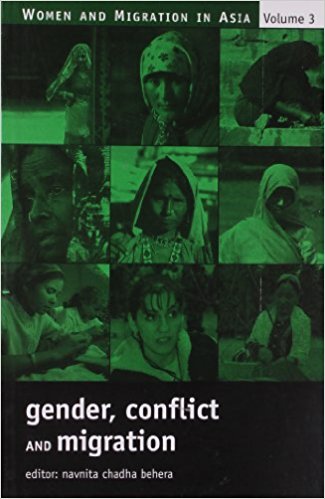Pakistani scholar, Tayyab Mahmud, speaking of the “spectre of the migrant” that haunts the modern world, says that immigration in public debate and political rhetoric is presented as a “problem to be solved, a flaw to be corrected, a war to be fought, and a flow to be stopped.” The immigrant, he says, hovers at the edges of her adopted society: As a non-citizen, she is to be marginalized in the distribution of legal rights and political protections. As a cultural signifier, she is to be erased. As a violator of borders she provides the rationale to ever strengthen the territorial divides. The threat perception triggered by the immigrant traverses two fields: that of the state and that of the nation. The immigrant puts at issue the inviolability of borders, territoriality of sovereignty, particularity of jurisdiction, and uniformity of citizenship—fundamental characteristics of the modern state. As Navnita Chadha Behera says in her cogent and comprehensive Introduction to this volume, the world refugee (or migrant) map tallies almost perfectly with the world conflict map; what is also remarkable is that the first map is predominantly female. This is what makes the publication of this volume so timely and so important.
October 2006, volume 30, No 10

